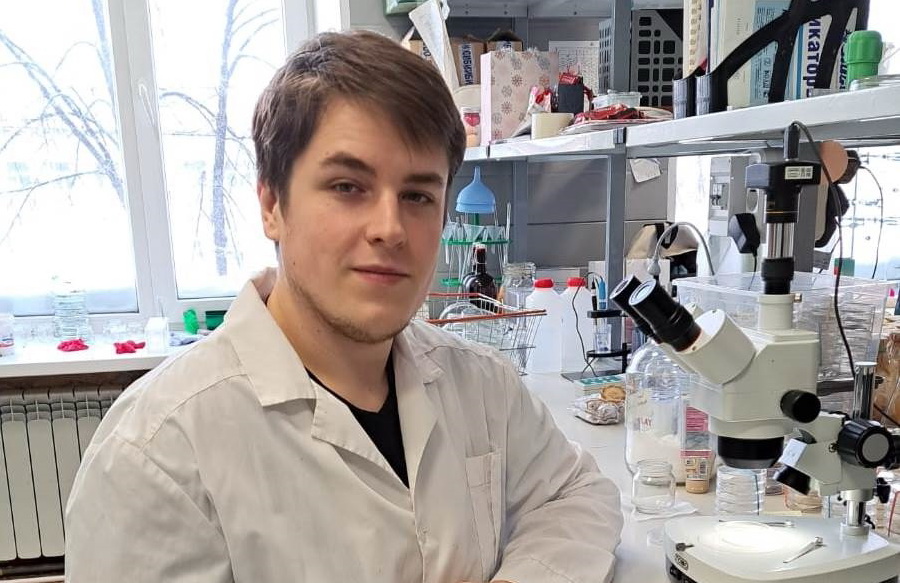Tomsk State University biologists are studying how microplastics affect ecosystems and living beings. Until now, sample analysis has been extremely time-consuming, given that thousands of tiny particles had to be manually sorted and identified. Soon this process will be automated. An early-career scientist at the TSU Biological Institute, Egor Vorobyov, joined forces with the TSU Institute of Applied Mathematics and Computer Science under the project UMNIK to develop a computer model and train it to count and sort bits of microplastics.
Among the sites studied by TSU biologists for microplastic contamination are the large rivers Yenisei, Ob, and Lower Tunguska. The Volga will be examined in 2023. Along with this, scientists are studying the presence of microplastics in living beings—fish and hydrobionts—and in solid and liquid sediments, which is necessary to understand the atmospheric transfer of polymer microparticles.
“After every expedition, it is necessary to analyze hundreds of samples, and each one of them takes between 16 and 20 hours,” shares the laboratory assistant of the TSU Center of Microplastics in the Environment Research, Egor Vorobyov. “With the aid of AI, the process would take no longer than 20 minutes. The neural network, which has been trained on previously collected data, is now able to automatically identify four types of particles: microspheres, microsheets, microfibers, and microfragments, and also sort them by size—from 100 to 5000 microns.

This is how it works: all samples are put through the lens of a microscope, then they are photographed using a built-in camera. The neural network analyzes everything seen on the photos and provides scientists with qualitative and quantitative results.
According to the research team, the program has no analogs produced in Russia, and the cost of the foreign Morphologi 4-ID and ArcGIS products, which are the undisputed market leaders in mapping and data analysis, does not go below 20 million rubles. The cost of software developed by TSU biologists and IT specialists will be measured in tens of thousands of rubles per license (limited license).
The precision and efficiency of material processing are largely because the information is processed in real time using cloud systems. The final product will be a web platform affordable even to small-time research teams.
For reference: Studies of microplastic contamination of nature correspond to the goals and objectives of the TSU strategic project Global Earth Changes: Climate, ecology, Quality of life. Supported by the federal program Priority 2030, this project is one of the key areas of activity for Tomsk State University in the coming years.